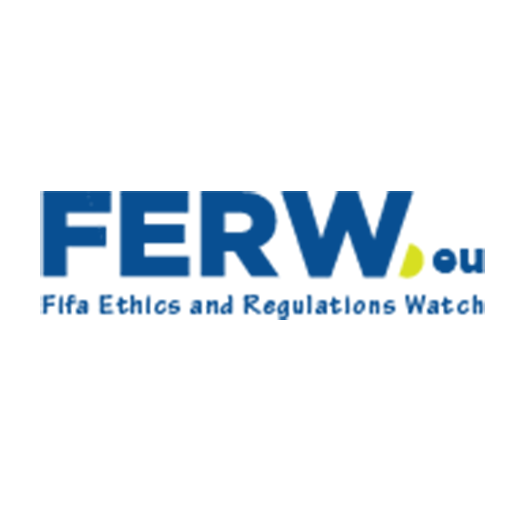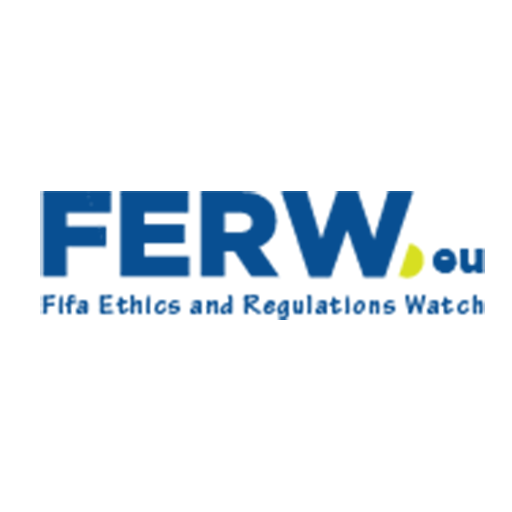The World Cup Club 2025 was hosted by the U.S. with record hot temperatures reported in some of the host cities because of an ongoing heat dome. The temperature soared regularly above 32C (90F) during the day and humidity would top 65%. Playing and working during such conditions would be very challenging indeed. The hottest World Cup conditions in recent memory were recorded during a match in Cincinnati, Miami, Charlotte and Pasadena raising medical concerns among medical experts and team officials regarding the health hazards caused by the heat.
FIFA required hydration breaks when Wet Bulb Globe Temperatures (WBGT) rose above 32 C and that was believed by most to be inadequate. The international union of professional football players (FIFPRO) exerted pressure to change this and on the third day of the competition FIFA reduced the intervention temperature threshold to 28 C WBGT. Despite the change, at least three games exceeded this safer limit, showing the difficulty of balancing commercial match timing with heat safety.
Bayern Munich coach Vincent Kompany referred to the situation as “difficult to manage,” while Atletico Madrid’s Marcos Llorente noted his toes hurt from constant exposure to hot artificial turf. Players struggled to maintain normal performance intensity, with visible fatigue and slowed match pace increasingly common.
Medical Risks and Growing Concern for Player Health
Elevated Risk of Heat-Related Injuries
Sports medicine specialists say that in high heat, prolonged exercise can cause dehydration, muscle cramps, mental slowness, and even in extreme situations heatstroke. Madeleine Orr, sports ecology researcher, pointed out that physiological injuries are a major threat once core body temperature exceeds 40 o C (104 o F) unless sufficient cooling downtimes are included or unless treatment is provided.
FIFPRO medical director, Dr. Vincent Gouttebarge, lamented that the FIFA guidelines it used before were poor. He emphasised the requirement of dynamic, real-time heat thresholds that consider the level or local humidity and exposure to the sun- not fixed limits. Gouttebarge cautioned that using cooling breaks, along with hydration measures alone were not adequate in a climate in which athletes could easily surpass dangerous thermal conditions.
Broadcast Timing and Health Conflicts
The preference for mid-afternoon matches optimized for European TV audiences has become another flashpoint. These times coincide with the daily peak of solar radiation, further amplifying player distress. Several coaches in different teams complained that the scheduling operations were based on viewership rates rather than medical best principles.
FIFPRO and national team unions are lobbying to have such heat-antidote measures implemented in subsequent tournaments such as night games, more domed stadiums, and changing geographic locations away from high summer temperatures. Nevertheless, the practice of such strategies can be implemented, as FIFA has a set of host obligations and TV regulations all over the world.
Fatigue From Congested Scheduling
Demanding Matchloads After Long Seasons
The extension of the Club World Cup in 2025 only compounded the situation of already overworked clubs with hectic schedules. Teams that were to take part in the tournament had played long domestic and continental seasons with some players having played more than 60 games in less than a year. Players barely got any rest time or acclimatization due to a possibility of play at the Club World Cup providing a further ten matches in other climatic zones.
Increasing fatigue and no time to recover properly raised issues with coaches and fitness analysts. The accelerated time table increased possibilities of suffering injuries and put mental stress on athletes to perform with the increasing physical strain.
Global Travel and Minimal Acclimatization
The format’s requirement for teams to travel between multiple states—each with differing altitudes, temperatures, and humidity levels—intensified physiological load. With turnaround times between games sometimes under 72 hours, opportunities for acclimatization were limited. This disrupted circadian rhythms, increased jet lag symptoms, and raised injury risks.
Calls have intensified for FIFA to conduct more rigorous health impact assessments before finalizing tournament structures. Players’ unions across Europe and Latin America have proposed minimum rest periods and centralized tournament locations to reduce the physiological burden.
FIFA’s Responses and Future Tournament Considerations
Emergency Protocol Adaptations
In response to the rising criticism, FIFA’s Competition and Medical Committee initiated pilot protocols including expanded sideline cooling stations, real-time body temperature monitoring, and AI-based hydration analytics. These were tested during knockout stages but only partially mitigated the challenges posed by heat and tight match spacing.
FIFA President Gianni Infantino acknowledged the “new era” of tournament risk management and promised closer collaboration with health bodies ahead of the 2026 World Cup. Plans include revising kick-off times and infrastructure adjustments such as retractable roofs and in-built stadium cooling.
2026 Planning Under Climate Pressure
The 2026 World Cup—spanning the U.S., Canada, and Mexico—will likely be influenced by the 2025 Club World Cup’s findings. FIFA has committed to using more temperature-resilient venues and to consider alternate tournament windows if meteorological forecasts predict unsafe heat conditions. However, skeptics point to the lag between policy commitments and real-world implementation.
Medical professionals are urging FIFA to embrace a “heat first” model of planning that starts with environmental constraints and builds tournament logistics around player safety. This would mark a departure from legacy scheduling frameworks.
Beyond the Pitch: Impacts on Fans and Ethics of Sporting Events
Fan Safety and Stadium Readiness
Issues related to safety of the spectators during extreme temperatures were also recorded when it came to the 2025 tournament. There were some incidents of fans fainting or requiring emergency treatment because of long periods of exposure to the sun and lack of shaded seats. In certain outlets, the prices of water had shot up and placed the less privileged fans at risk.
Failures of the organizers of the tournament were criticized as they allowed the stadium to be filled and the advertisements of the sponsors to be in place before basic facilities to contain heat were in place. In future, it must be possible to guarantee access to water, medical support, and cooling areas to everyone, including not only the sports people but also everyone attending it.
Ethical Considerations in Tournament Design
The ethics of governing bodies prioritizing human well-being are relevant again to the events that have been going on during the 2025 Club World Cup. Players as the main resources of the sport are subjected to bigger exposure to the environmental tensions without relevant protection or participation in decisions.
According to sports ethicists football runs the danger of getting itself into an unsustainable situation where income generation goes against climate realities, further compromising health and integrity of the game. This poses very important questions concerning the responsibility of the sponsors, broadcasters and organizers in their sharing of responsibility on certain conditions that players may have to work under.
Reimagining Football’s Future in a Changing Climate
The lessons from FIFA’s 2025 Club World Cup extend far beyond scheduling tweaks or hydration protocol revisions. They present an opportunity to fundamentally reorient how major tournaments are planned—placing science, human biology, and environmental data at the center of sporting architecture.
This person has spoken on the topic: FIFPRO medical director Vincent Gouttebarge recently explained,
“Protecting players’ health in extreme heat requires not only in-game cooling, but realtime temperature thresholds that trigger postponement decisions to prevent life-threatening outcomes.”
How FIFA responds to the rising pressure of climatical and material limitations on the safety of athletes will determine the feasibility and trustworthiness of the upcoming tournaments. With the levels of extremes in the environment increasing, the governing bodies in the different markets in football have a critical choice to make, either to adapt to these changes or end up degrading the base of the game itself.












